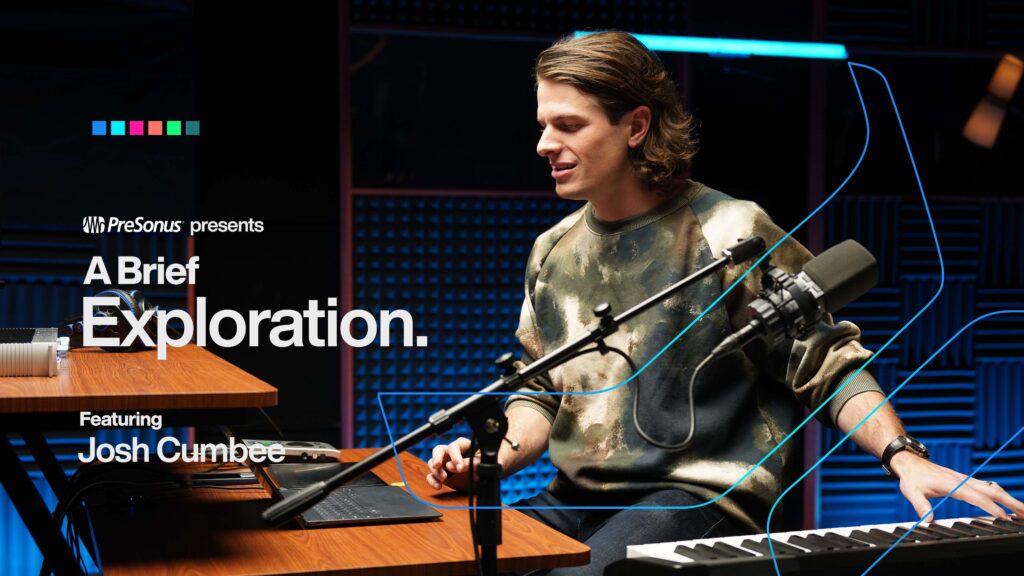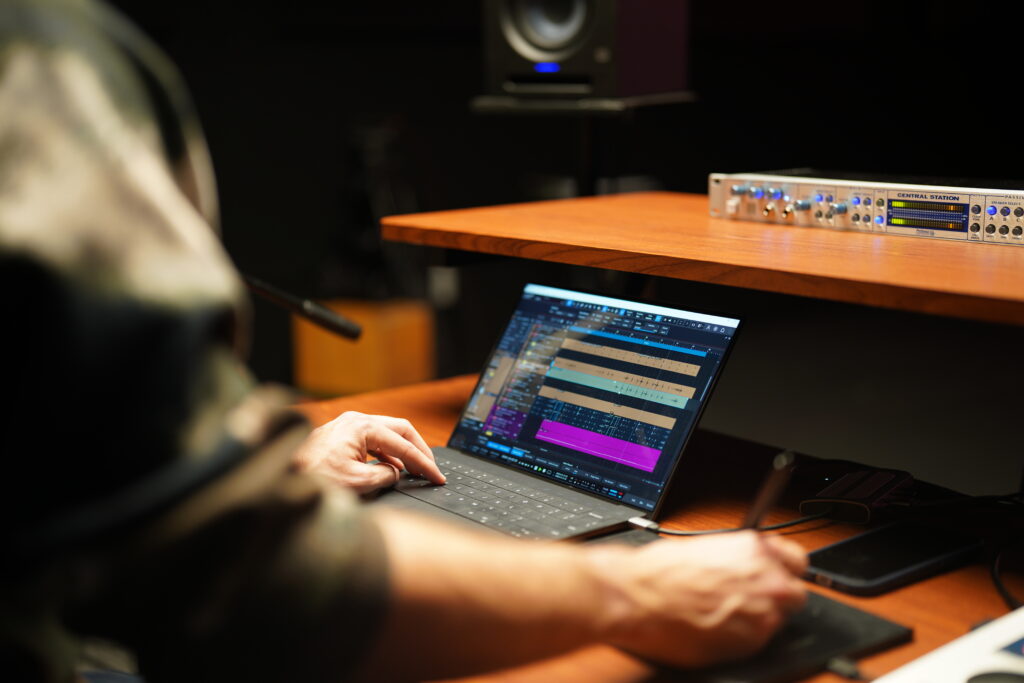Studio One: A Brief Exploration with Josh Cumbee

The GRAMMY-nominated artist, producer, and songwriter shows us how he uses Studio One to cook a musical idea from scratch.
Josh Cumbee is a triple threat: The LA-based artist, producer, and songwriter started releasing his own music while he was enrolled in the music business program at USC, then branched out into television and film composition before landing an engineering gig with super producer and John Legend co-writer, Toby Gad.
In 2015, he was nominated for Album of the Year at the Latin Grammy Awards and has since gone on to work with Olivia Rodrigo, Madonna, Sia, Sean Paul, Janet Jackson, Armin Van Buuren, and more. The secret to his sweeping success? “There’s so much room in the sandbox, and there’s so much flexibility with audio and with all the tools we have. And for me, I feel like I have to capture everything. I have to suck all that oxygen out of the room and put it into the idea.”
Watch this episode to see how Josh weaves lush pads and dynamic vocal stacks into bespoke percussion and found sounds with Studio One.
In this Brief Exploration, Josh Cumbee builds a richly-layered track from scratch using a dynamic range of instruments and effects from Studio One’s complete suite of included plug-ins.
Josh starts with a base layer of haunting synth pads before improvising a short, syncopated guitar riff over the top to generate the initial rhythmic pattern. “I usually just have ‘takes to layers’ on, do a couple passes, and use a little bit of quantization because I don’t want to lose that human feel…I like to get a couple takes, until I feel like I’ve felt it emotionally. Then if there’s any problem spots, I comp through from previous ones.” Then the whole composition gets a healthy dose of Studio One’s Analog Delay to generate ambience and depth.
With the melodic foundation in place, Josh drums out a beat on a tightly mic’d road case and drenches it in “juicy, fat, nasty” Red Light Distortion “to create something as bespoke as possible, and then work the samples around that, rather than having to try and make the samples fit into this world.” Then he improvises lyrics and a vocal melody using a combination of templates and onboard effects: “I’m a total sucker for harmonies, and I find it’s very inspiring – especially once you find a hook line – to play around with that. For me, the way that I’m able to do those quickly is by having a template already set up” and “for background vocals, I can instantly fix it with Melodyne.”
In the home stretch, Josh transitions to the low end with a bone-rattling bassline courtesy of Studio One’s stock monophonic subtractive synth, Mojito, and the Eris Sub 8. Then he creates avant-garde percussion samples from the sounds of clanking camera equipment he captured during setup – “I could dig through a sample bank for a thousand years, and could never find what happened in this room today” – and drenches the entire composition in additional textures and tones for a hauntingly atmospheric finish.
Any final words of wisdom? “Studio One can be intimidating because there are so many options. And when you see somebody using it in an advanced fashion, it gets a little scary; but the truth of the matter is Studio One isn’t the deep end of the pool – it’s more like an ocean. You kind of can walk in from the beach. You bring your key commands from another DAW, you can bring a lot of your workflows. You just find that there’s more depth and flexibility every step of your process that allow you to continue to level up, so you never really plateau.”
PreSonus products used: Studio One, Analog Delay, Red Light Distortion, Melodyne, Eris Sub 8
Try Studio One for free, and check out the rest of our A Brief Exploration series here.
